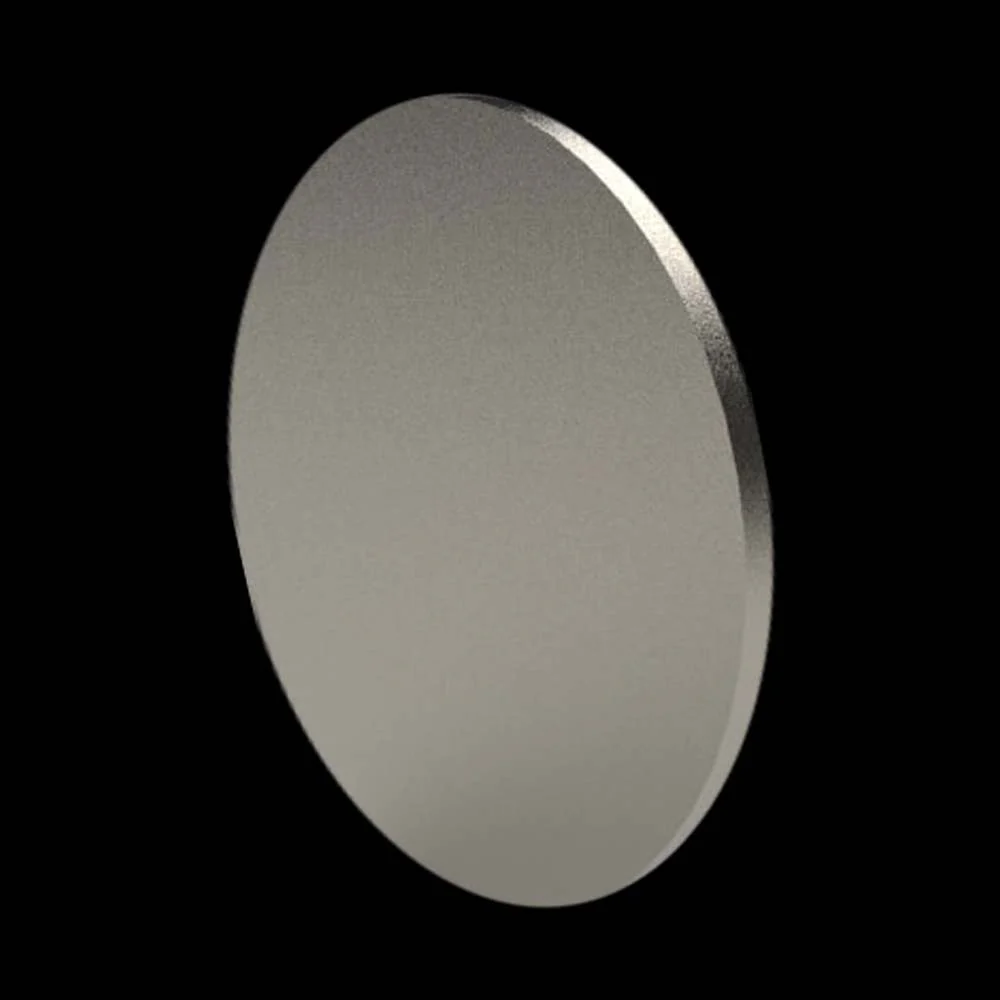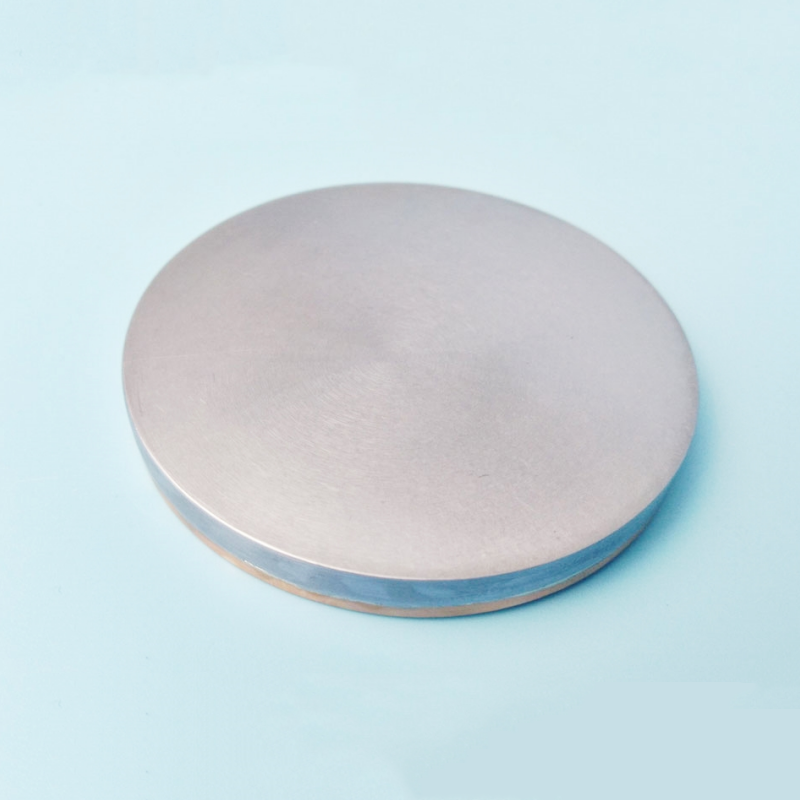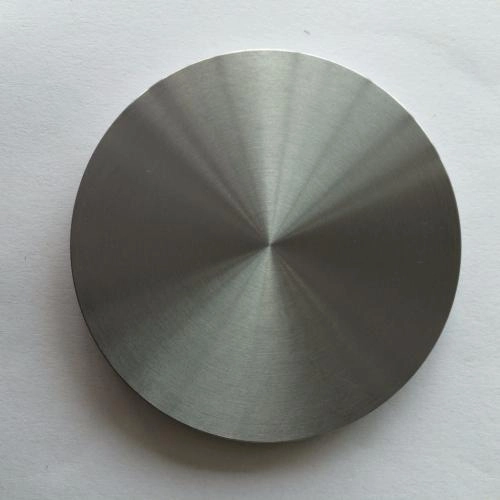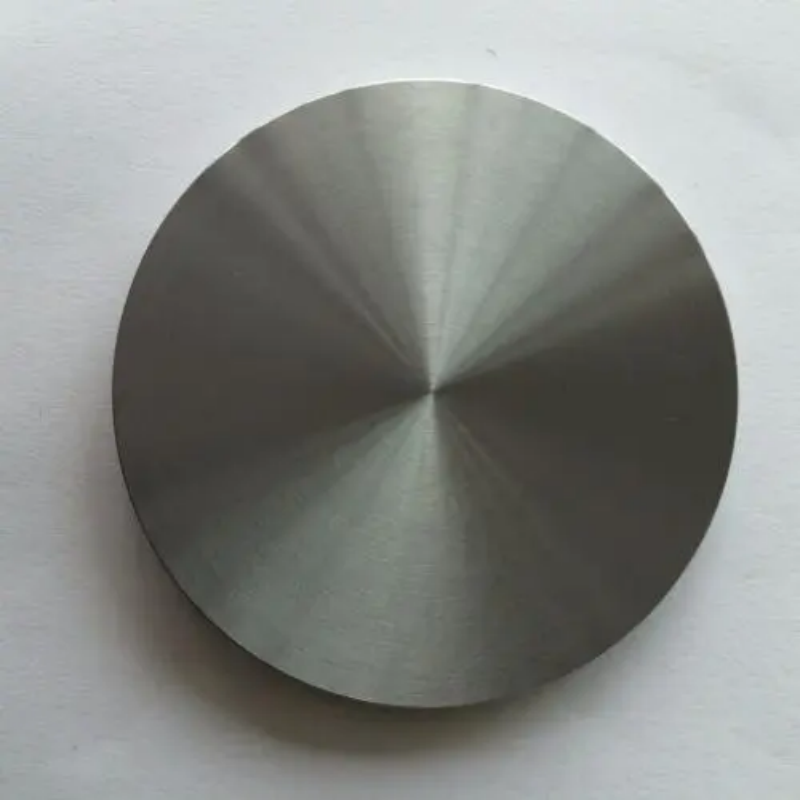Copper oxide powder is a high-purity inorganic compound known for its excellent electrical conductivity, catalytic efficiency, and chemical stability. It is widely used in semiconductor applications, coatings, ceramics, catalysts, and battery materials. Due to its superior oxidation resistance and thermal durability, copper oxide plays a crucial role in precision engineering, sustainable energy solutions, and advanced industrial formulations.
Product Overview
Copper oxide powder (CuO) is an inorganic compound that appears as a black or brownish-black powder. This high-purity copper oxide material is widely used in catalysts, colorants, and various industrial applications.
Key Features
- Physical Properties:The powder is black or brownish-black, with a density of approximately 6.31 g/cm³ and a melting point of about 1446°C. It is insoluble in water and alcohol but soluble in dilute acids and certain salts.
- Chemical Properties:Reacts with acids to form corresponding copper salts and can undergo reduction reactions with carbon, carbon monoxide, or hydrogen. It has good chemical stability.
- Flexible Specifications:Various particle sizes of copper oxide powder (such as 10 μm, 20 μm, etc.) are available and can be customized to meet customer requirements.
Applications
- Analytical Reagents:Used in chemical analyses, such as nitrogen determination.
- Catalysts:Serves as an oxidizing agent and catalyst in organic synthesis and petroleum desulfurization processes.
- Colorants:Widely utilized in the glass, enamel, and ceramics industries to enhance color performance.
- Optical Materials:Acts as an anti-wrinkling agent in paints and a polishing agent for optical glass, improving appearance and performance.
- Dye and Catalyst Carriers:Plays an important role in the production of dyes and organic catalysts.
- Nanomaterials:Nano-sized copper oxide is an important inorganic material used in catalysis, superconductors, and ceramics.
Submit Your RequirementsWe will contact you within 24 hours.
 WOBO Scientific Research New Materials One-Stop Service Platform
WOBO Scientific Research New Materials One-Stop Service Platform











